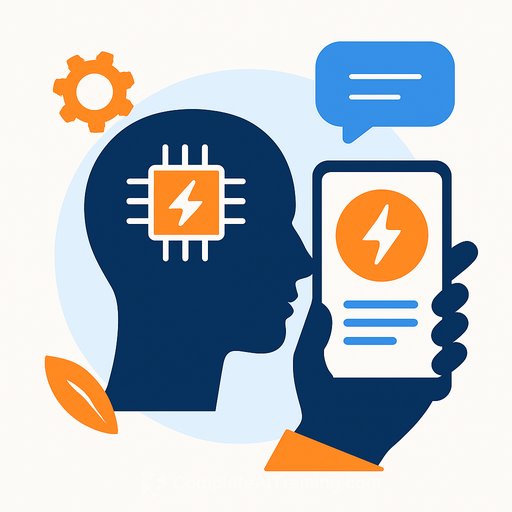Australia's Commonwealth Bank Reverses AI-Driven Layoffs After Union Pushback
Australia's Commonwealth Bank (CBA) has paused plans to replace 45 customer service roles with artificial intelligence (AI) after pressure from its unionized workforce. Instead of automatic layoffs, the bank now offers affected employees the choice to remain in their positions or accept a voluntary buyout.
This shift highlights the growing friction between rapid AI adoption in banking and the real effects on workers—a challenge shared by financial institutions globally, including in the U.S.
What Led to the Change?
In July, CBA informed the Finance Sector Union, which represents about 22,000 workers, of plans to cut 90 jobs. Of these, 45 were set to be replaced by AI-powered voice bots handling inbound customer calls. The bank claimed these AI agents had already reduced call volumes for humans.
The union disputed this, citing feedback from members who did not observe such reductions. After union members raised concerns and brought the issue before Australia's Fair Work Commission, the bank reversed its decision on the 45 AI-affected roles.
Union Reaction and Ongoing Concerns
The Finance Sector Union called the reversal “a massive win for workers,” showing the impact collective action can have. Still, national secretary Julia Angrisano emphasized this is "no victory lap," warning that the fight to keep secure jobs from being replaced by machines continues.
The union is actively monitoring how offshoring, automation, and AI affect workloads and job security, pushing for changes to happen with workers involved—not sidelined.
AI in Banking: Progress and Challenges
Generative AI, which powers many AI customer service agents, is currently facing growing skepticism. According to Gartner’s 2025 report, after heavy investments averaging $1.9 million per initiative in 2024, less than 30% of AI leaders say their CEOs are satisfied with the return on AI spending.
CBA is among banks embracing AI broadly. The bank recently opened a tech hub in Seattle to focus on generative and agentic AI, close to partners like Anthropic and Amazon Web Services. Earlier this month, it partnered with OpenAI to apply AI in scam detection, fraud prevention, and personalized service.
The bank credits generative AI with significant improvements: fewer customer scam losses, reduced fraud reports, and a 40% drop in call center wait times thanks to its AI messaging app.
Balancing Technology and Workforce Needs
CBA's AI initiatives also include collaboration with JPMorganChase on AI tools to reduce mistakes and fraud in cross-border payments. The Finance Sector Union supports new technology but insists it must be implemented with workers’ interests in mind.
“Workers want a tech-savvy bank but expect to be part of the change, not replaced by it,” Angrisano said. She calls for greater investment in employee training and support to transition staff into AI-assisted roles.
Union Strength and Worker Representation
The union’s success in influencing CBA reflects broader labor trends. While union membership has declined over decades in both Australia and the U.S., it remains higher in Australia at 13.1% as of August 2024, compared to 9.9% in the U.S.
This case illustrates the potential power of worker organization in shaping how AI is integrated into customer support roles—a crucial consideration for anyone in the field.
For customer support professionals interested in understanding how AI might affect their work and how to adapt, exploring practical AI training can be valuable. Resources like Complete AI Training’s courses for customer support roles offer guidance on working alongside AI tools effectively.
Your membership also unlocks:





